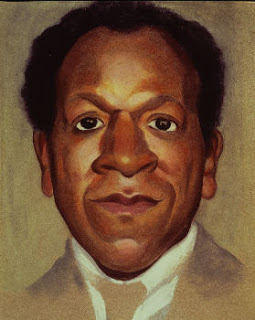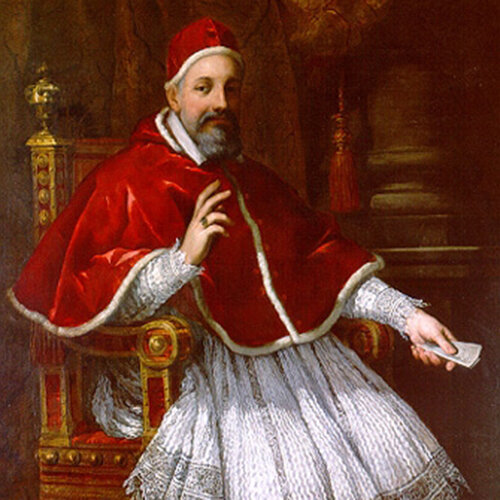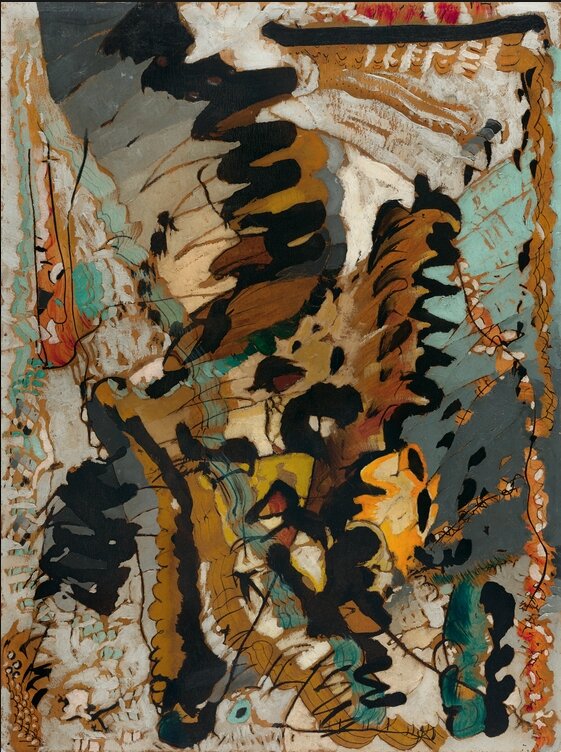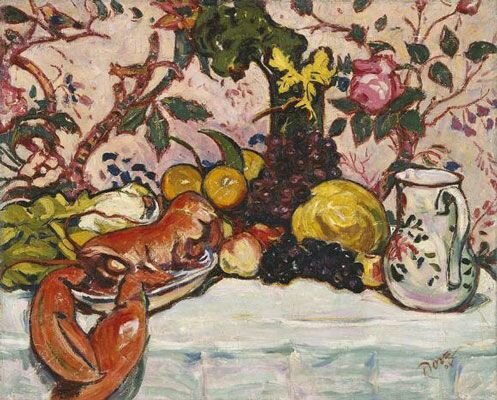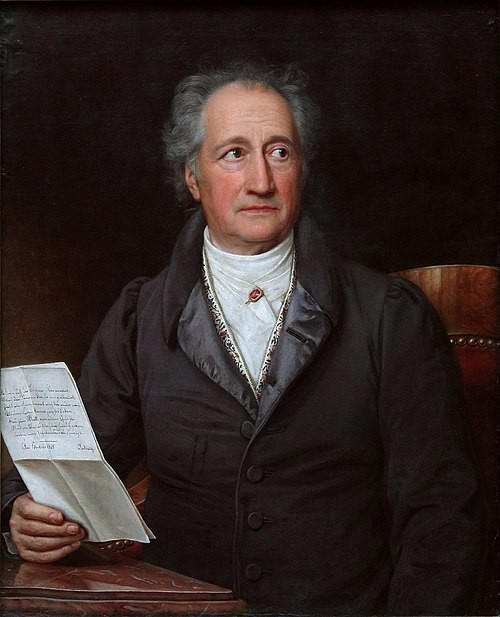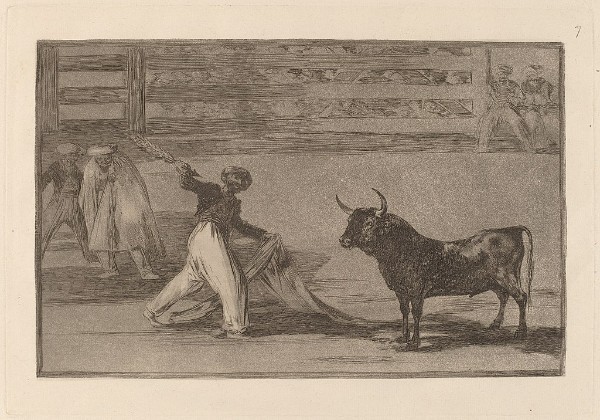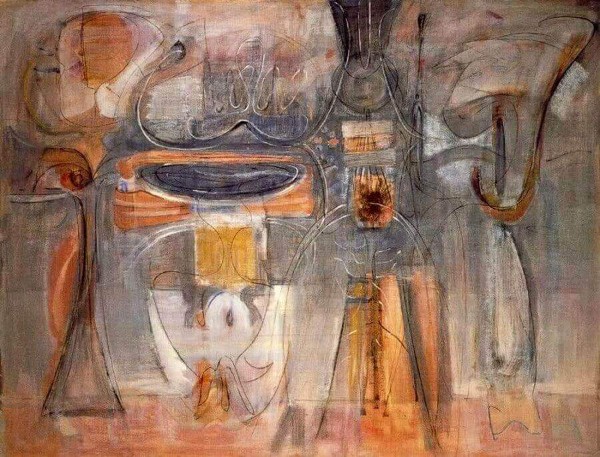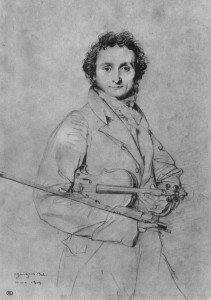
Ingres: Paganini
Gounod, who was a student at the French Academy in Rome while Ingres was director, merely noted that Ingres “…was not a professional, even less a virtuoso.’ Despite that less-than sterling notice, he performed Beethoven string quartets with Paganini, Liszt thought his playing charming and dedicated his transcriptions of Beethoven’s Symphony No. 5 and 6 to the artist.
Liszt: Beethoven – Symphony No. 6 in F Major, S464/R128, “Pastoral”: I. Awakening of Cheerful Feelings Upon Arrival in the Country: Allegro ma non troppo (Glenn Gould, piano)
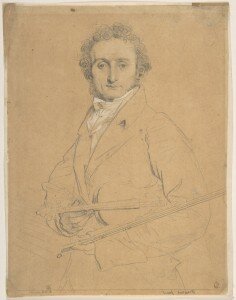
Ingres: Paganini (between 1818 and 1831) embellished counterproof
(Metropolitan Museum of Art)
Sometime between 1818 and 1831, Ingres did portraits of the violin virtuoso Niccolò Paganini. Ingres had played second violin with Paganini when they performed the Beethoven string quartets. In Rome, Ingres was known for the hundreds of charcoal sketches he did of the famous and not-so-famous people he saw. His portrait of Paganini captures a real person, casually holding his violin under his arm, looking at his audience with a level gaze. There’s an authority in that look and yet his wild hair speaks to something outside the norm.
Beethoven: String Quartet No. 9 in C Major, Op. 59, No. 3, “Rasumovsky”: IV. Allegro molto (Kodály Quartet)
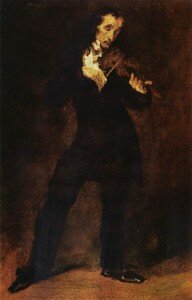
Delacroix: Paganini (1832)
Compare these two images with Eugene Delacroix’ painting of Paganini, which seems much more in line with his reputation as a demon violinist.
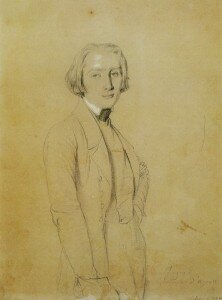
Ingres: Franz Liszt (1839)
(Richard Wagner Stiftung, Bayreuth)
Liszt: Gounod – Les sabeennes, berceuse de l’opera La reine de Saba, S408/R167 (Soeyon Kate Lee, piano)
As Paganini was the violin, Liszt was to the piano – the supreme virtuoso. His time in Paris in the 1830s drove his desire to greatness after seeing a charity concert organized by Paganini in 1832. Paris, at the time, was the piano capital of the world with dozens of pianists aiming at fame. Liszt’s technical skills, his strength, and his abilities carried him ahead of his rivals.
His painting of his friend Luigi Cherubini shows a curious duality. After painting Cherubini in modern dress, Ingres, some years later, decided to ‘ennoble’ the portrait by adding the allegorical figure of the Muse of Lyric Poetry (Erato) in the background to depict musical inspiration. The cracks on her face are a defect that occurred when Ingres overpainted the Muse onto the older picture.
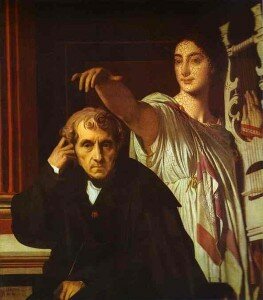
Ingres: Luigi Cherubini and the Muse of Lyric Poetry (1842)
(Louvre, Paris)
Gounod: Symphony No. 1: I. Allegro molto (Sinfonia Finlandia Jyväskylä; Patrick Gallois, cond.)
Ingres had very decided tastes in music for the classics: Gluck, Haydn, Mozart, and Beethoven, as befitted his own desire to impose what might be regarded as old-fashioned rules on the increasingly wild nineteenth century. In his charcoals, he captures the life of the two performers, but in his image of Cherubini, he’s capturing something of his own old-fashioned qualities.

